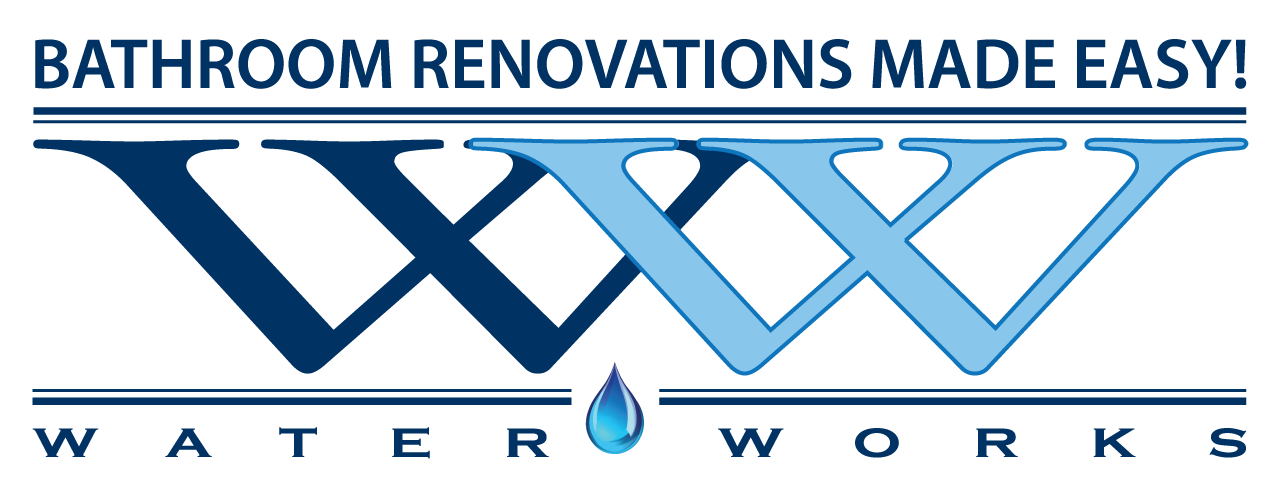Introduction of Home Accessibility Tax Credit (HATC)
Do you qualify?
The 2015 federal budget announced the introduction of a new Home Accessibility Tax Credit, beginning in 2016. If you will be 65 years or older after the end of 2015, or eligible for the Disability Tax Credit, and you make eligible home renovations to improve the safety and/or accessibility of your home, you may qualify to claim a non-refundable tax credit on up to $10,000 of eligible expenditures per calendar year.
Certain individuals may also be able to claim this credit for renovations or improvements to an eligible dwelling.ext
How much is the credit?
The amount of the credit is calculated as 15 percent of eligible renovation expenses. For example, if you spend and claim $10,000 on eligible improvements, you could get $1,500 as a reduction in federal taxes payable.
Where one or more individuals make a claim in respect to an eligible dwelling, the total of all amounts claimed for the dwelling cannot exceed $10,000.
This new tax credit will apply to eligible expenditures for work performed and paid for, or goods acquired after 2015. Therefore, if you are planning eligible renovations, you may want to wait until after the end of 2015, if possible.
Examples of renovation expenses that qualify for the credit
non-slip flooring in the bathroom
hand-held shower installation
door locks that are easy to operate
certain renovations to permit a first-floor occupancy or secondary suite for a senior
grab bars and related reinforcements around the toilet, tub and shower
handrails in corridors
wheelchair ramps, stair/wheelchair lifts and elevators
walk-in bathtubs
wheel-in showers
widening passage doors
lowering existing counters/cupboards
installing adjustable counters/cupboards
light switches and electrical outlets placed in accessible locations
lever handles on doors and taps, instead of knobs
pull-out shelves under a counter to enable work from a seated position
additional light fixtures throughout the home and exterior entrances
swing clear hinges on doors to widen doorways
touch-and-release drawers and cupboards
Examples of expenses that DO NOT qualify
roof repairs
routine repairs and maintenance performed annually or on a more frequent basis
furniture
expenditures where the primary intent is to improve or maintain the value of a dwelling
installing a new furnace or air conditioning system
new windows or regular flooring
aesthetic enhancements such as landscaping or redecorating
Can the medical expense tax credit be claimed for the same expenses?
The Home Accessibility Tax Credit can be claimed for all eligible expenses during the tax year up to a maximum of $10,000, even if a portion or all of those expenses were also eligible expenses for the purpose of claiming the medical expense tax credit during that same tax year.
Expenses that are reimbursed, or are expected to be reimbursed, will not be eligible.
What is an eligible dwelling?
To be an eligible dwelling, it must be the principal residence of the senior or disabled person at any time in the year, or the principal residence of an eligible individual with whom the senior or disabled person lives. Rentals do not qualify. If the principal residence is a unit in a condominium, eligible expenditures include those applicable to the unit as well as the share of the cost of eligible expenditures incurred in respect of the common areas.
What if I do the renovation work myself?
If you do the work yourself, you can still claim the amount that you spend on materials. Remember to save the receipts.
Receipts
You will not have to submit your original receipts with your tax return but you should keep them in the event that they are requested by the Canada Revenue Agency.
Please contact us if you have any questions about this new credit, or any of the other measures announced in the 2015 federal budget.


